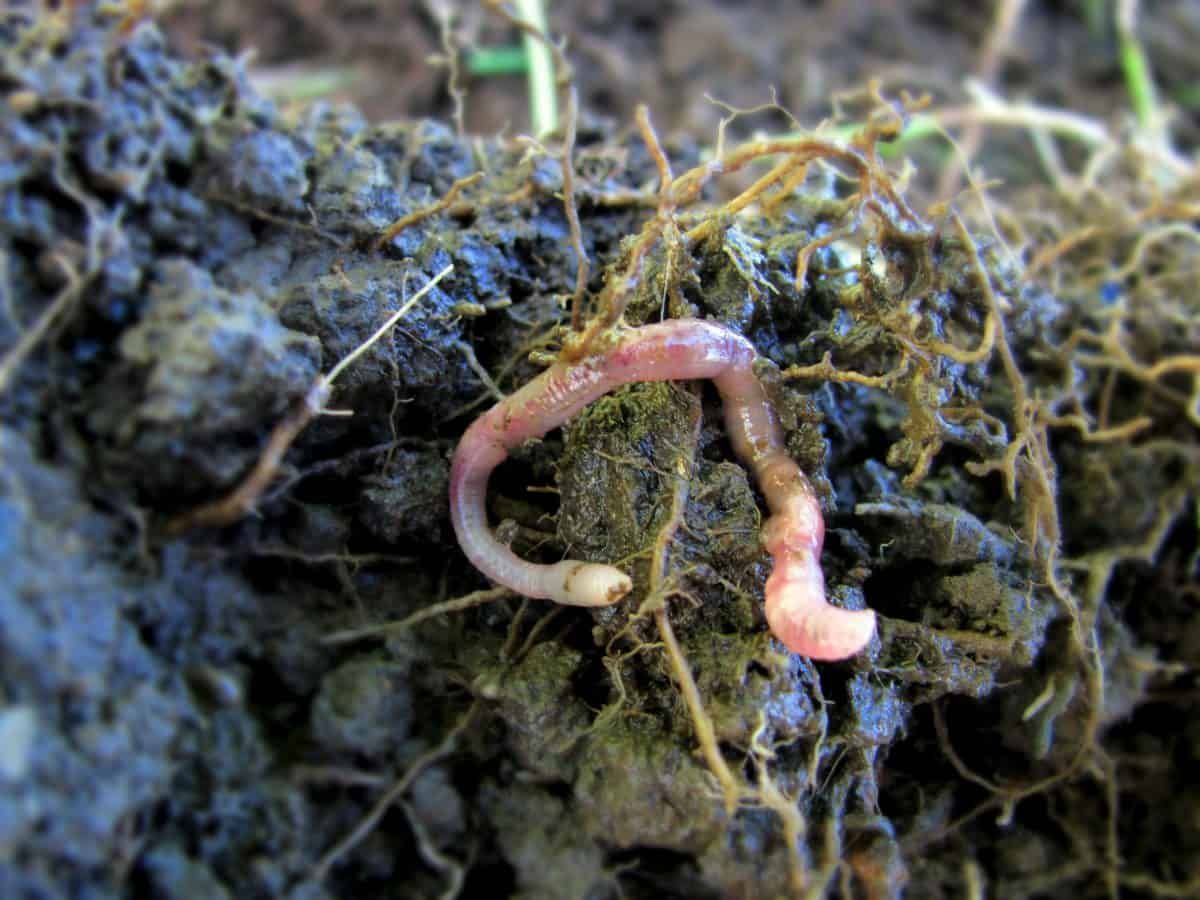
Britain’s WORM population is in decline which is also hitting bird numbers, according to the first major study of its type.
The drop in the amount of wriggly creatures was discovered by the #60minworms project, a comprehensive study on UK farmland.
It found that two out of five fields, or 40 per cent, had few or no key types of earthworms in their soil – despite them being “hugely beneficial” to crop production.
And the results of the survey carried out by Dr Jacqueline Stroud also explains a drop in the population of the song thrush, which feed on worms.
The data, gathered by Dr Stroud in spring 2018, showed that the average field had just nine earthworms in every 20cm cubed spadeful of soil.
This is almost half of the number of worms found in the top, more successful fields, with just one in ten fields finding 16 or more worms per 20cm cubed spadeful.
And a whopping 57 per cent of farmers have now vowed to change their soil management practices as a result of Dr Stroud’s data.
Farmers can encourage higher numbers of earthworms in their soil by more crop rotation and less pesticides.
Dr Stroud, a Soil Security Fellow at Rothamsted Research, said: “Earthworms are sensitive and responsive to soil management which makes them an ideal soil health indicator.
“The aim of this research was to find a baseline of farmland earthworm populations that would be useful and used by farmers to assess soil health now and in the future.”
Earthworms perform a number of useful ‘ecosystem services’, and high numbers of earthworms have been linked to enhanced plant productivity.
But surface dwelling and deep burrowing earthworms are sensitive to mechanical farming practices, with higher intensity soil tillage causing a drop in earthworm population.
Dr Stroud said: “Tillage impacts the presence and abundance of two types of worms, surface (epigeic) and deep burrowing (anecic) worms.
“This is because of habitat disturbance, loss of surface food and exposure to predators, for instance seagulls, following the plough.”
She added: “Adult earthworms can live in the soil for several years, for example, deep burrowers can live for up to 10 years.”
In spring 2018, the average field had nine earthworms in every spadeful of soil, with top fields having three times that number.
One in 10 fields had high earthworm numbers of more than 16 worms per spadeful.
However, the study also revealed that 42 per cent of fields had poor earthworm biodiversity.
This meant that either very few or none of the surface dwelling and deep burrowing worms were seen.
The absence of deep burrowing worms on 16 per cent of fields is concerning, says Dr Stroud.
These deep burrowing worms are ‘drainage worms’, with vertical burrows that aid water infiltration and ultimately helps combat waterlogging.
She said: “The deep burrowing worms have slow reproduction rates so recovery in their populations could take a decade under changed management practices.
“In fact, we know very little about earthworm recovery rates.”
More than 1300 hectares were surveyed from all over England for the project, which was funded by National Environment Research Council (NERC).
This included fields managed under arable, potatoes, horticulture and pasture.
Each farmer volunteered to dig 10 regularly spaced pits across their field to make the observations.
An identification guide allowed them to allocate any sightings to one of the three main types of earthworm.
The success of this pilot project has already led to a much larger study, which recently concluded, says Dr Stroud.
She said: “Working with farmers led to the redesign of the pilot survey.
“This culminated in a shorter, more efficient field assessment and a co-created earthworm identification guide, to help improve farmer confidence in earthworm monitoring.
“These improvements were well received, with farmers all over the country spending an hour of their time digging five soil pits and assessing their earthworm populations in the Autumn.”
She added: “The summer drought and dry autumn was not ideal for earthworm surveys – however, the conditions are looking good for spring sampling.
“I’m finding higher number of worms now than I did in the Autumn,” said Dr Stroud.
by Sarah Lumley & Joe Mellor